15. Pufferfish: Cute but Deadly
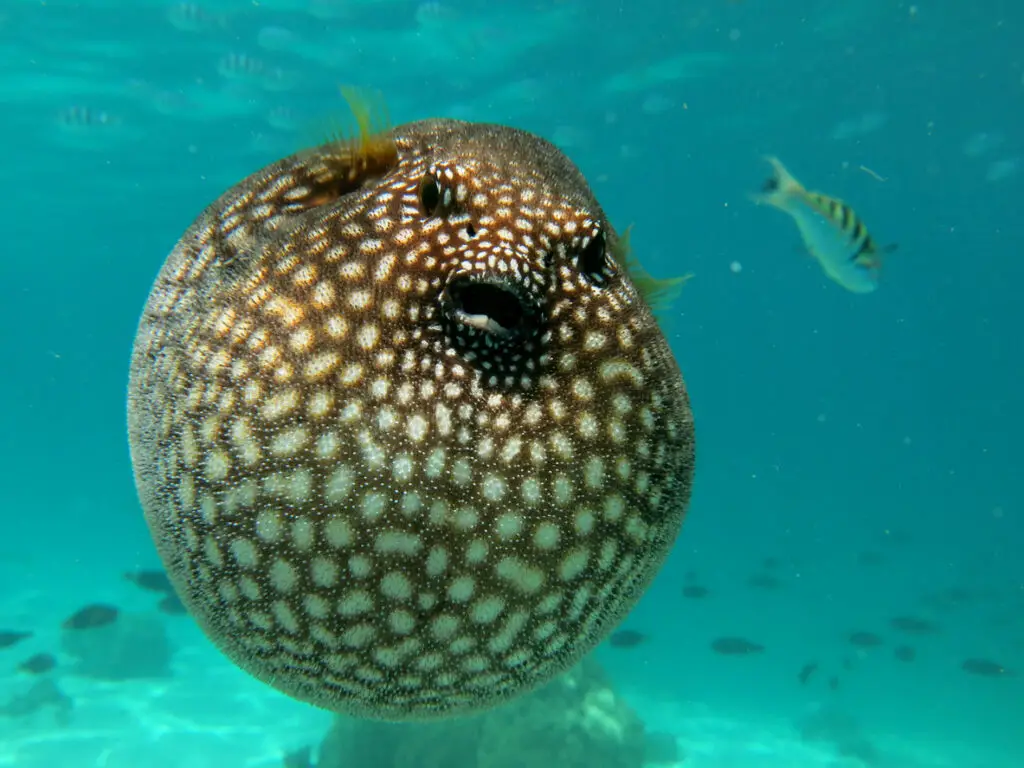
Pufferfish might look adorable with their big eyes and inflatable bodies, but they’re one of the most toxic creatures in the world. Their organs contain tetrodotoxin, a poison 1,200 times more potent than cyanide, and there’s no known antidote. Fun fact: improperly prepared pufferfish, known as fugu, causes several fatalities annually in Japan, where it’s considered a delicacy. A single pufferfish has enough toxin to kill 30 adults. So, while they may be cute, they’re not the kind of seafood you want to take lightly.
14. Sharks: Hollywood’s Favorite Villain
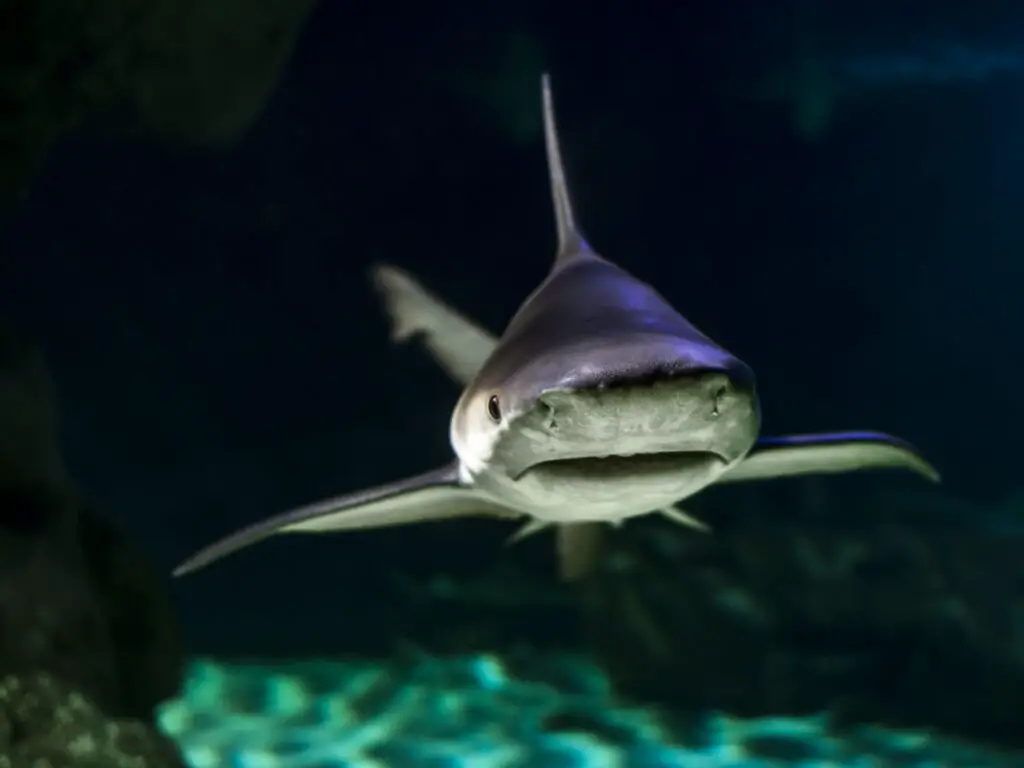
Despite their bad reputation, sharks only cause about 10 deaths per year. However, their fear factor is off the charts, thanks to movies like Jaws. Species like great whites, tiger sharks, and bull sharks are the most likely to attack humans. Fun fact: you’re more likely to be killed by a vending machine than a shark, but they still top the list of animals people irrationally fear. If you’re in the water and hear the Jaws theme in your head, maybe it’s time to paddle back to shore—just in case.
13. Killer Bees: Swarm of Terror
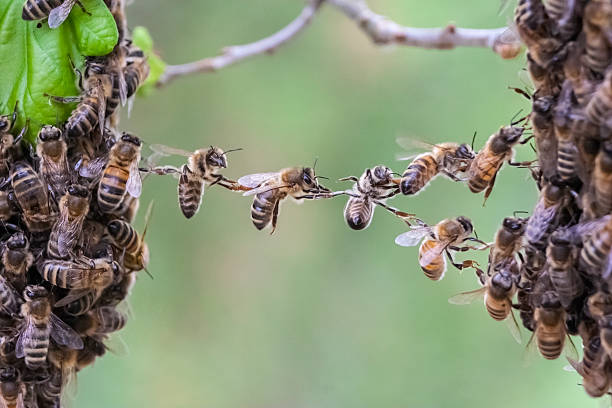
Killer bees, or Africanized honeybees, are responsible for dozens of deaths annually due to their aggressive swarming behavior. Unlike regular bees, killer bees will chase threats for over a mile and attack in large numbers, delivering multiple stings. Fun fact: these bees were created accidentally in the 1950s during a breeding experiment in Brazil. Since then, they’ve spread through the Americas, proving that science sometimes backfires—literally. If you hear buzzing, run, because these bees don’t mess around.
12. Komodo Dragons: Lethal Lizards
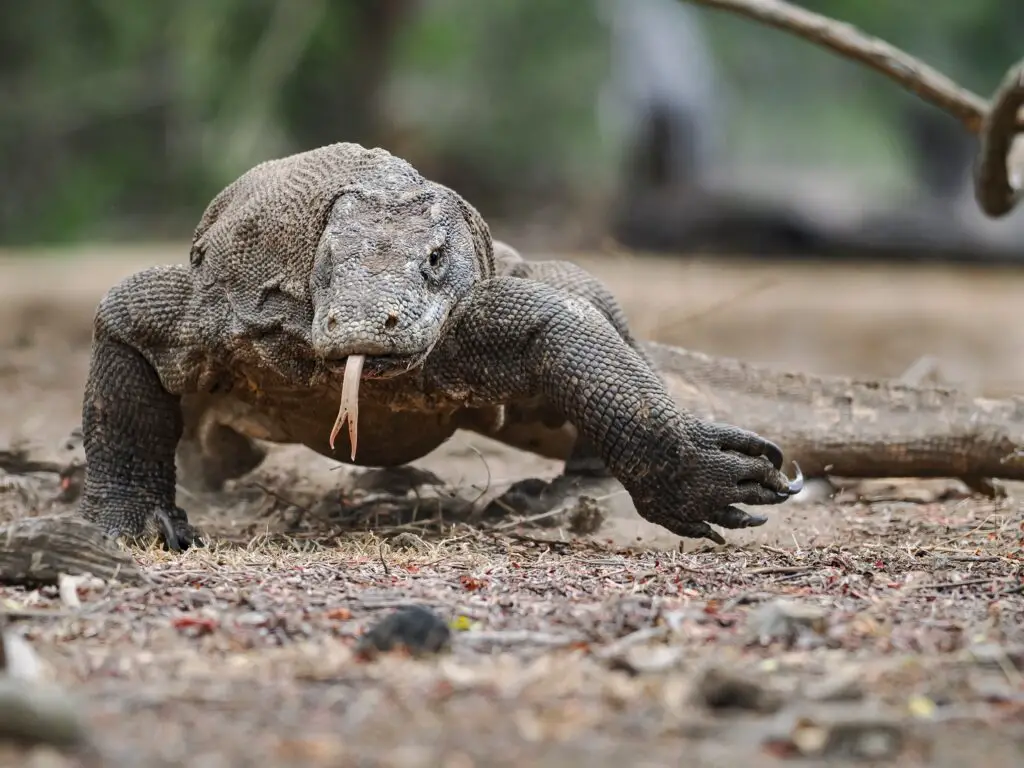
Komodo dragons are massive lizards that can grow over 10 feet long, and they’re equipped with razor-sharp teeth and venomous saliva. Found on a handful of Indonesian islands, these reptiles are responsible for several human fatalities each year. Fun fact: their saliva contains over 50 strains of bacteria, which can cause septic shock in their prey. Komodo dragons are apex predators, taking down everything from deer to water buffalo. They’ve even been known to stalk humans, so if you’re in their territory, stay alert—and keep your distance.
11. Box Jellyfish: The Ocean’s Floating Death Trap
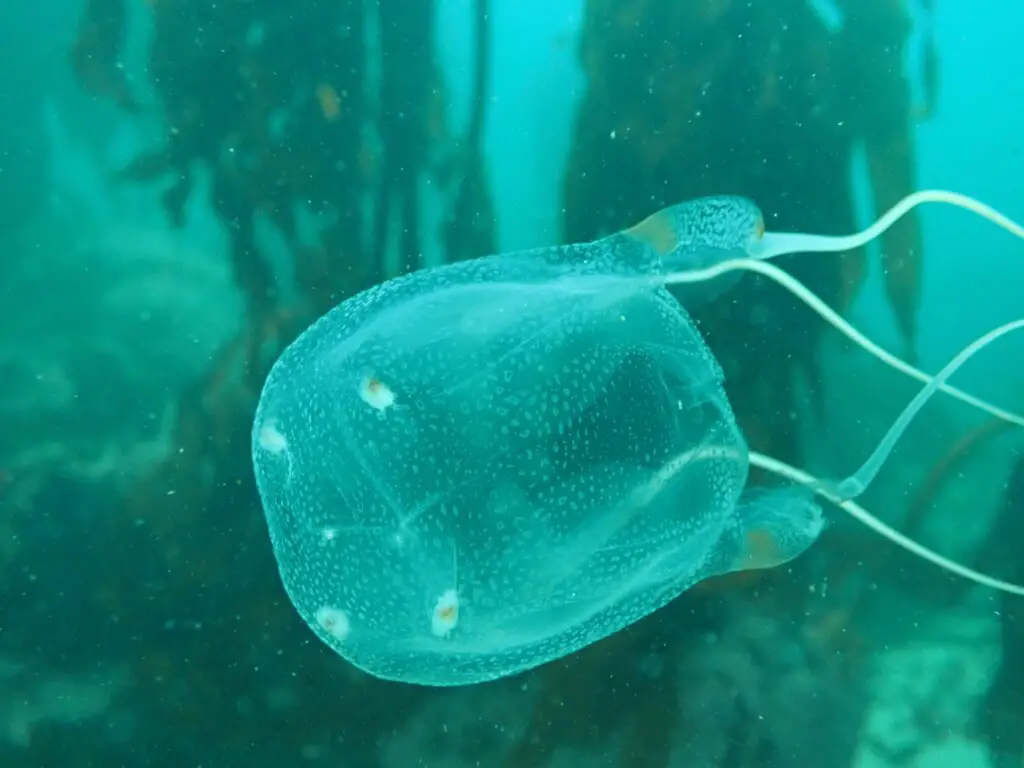
The box jellyfish is one of the most venomous creatures in the world, capable of killing a human in minutes. Found in the waters around Australia and Southeast Asia, their nearly invisible tentacles deliver venom that can cause cardiac arrest, paralysis, and excruciating pain. Fun fact: box jellyfish have 24 eyes and can swim rather than just drift, making them hunters rather than passive floaters. If you’re in their waters, steer clear—because when it comes to the box jellyfish, beauty really is deadly.
10. Lions: The Silent Stalkers of the Savannah
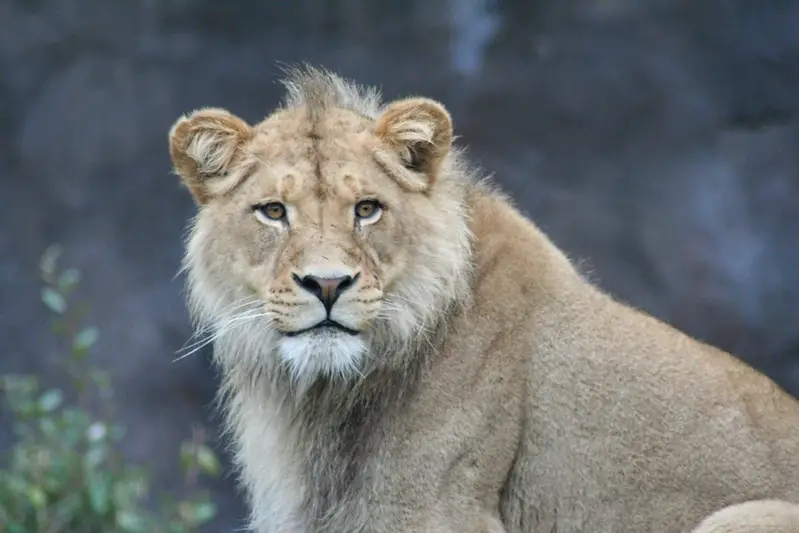
Lions may be the kings of the jungle, but they’re also a serious threat to humans, responsible for about 200 deaths per year. Most attacks occur in Africa, where lions are known to stalk villages and ambush people who stray too close to their territory. Fun fact: lions are primarily nocturnal hunters, which means they’re most active while you’re trying to sleep. While they might look majestic on safari, their hunting instincts make them a predator you don’t want to encounter unprepared.
9. Elephants: Gentle Giants with a Dangerous Side
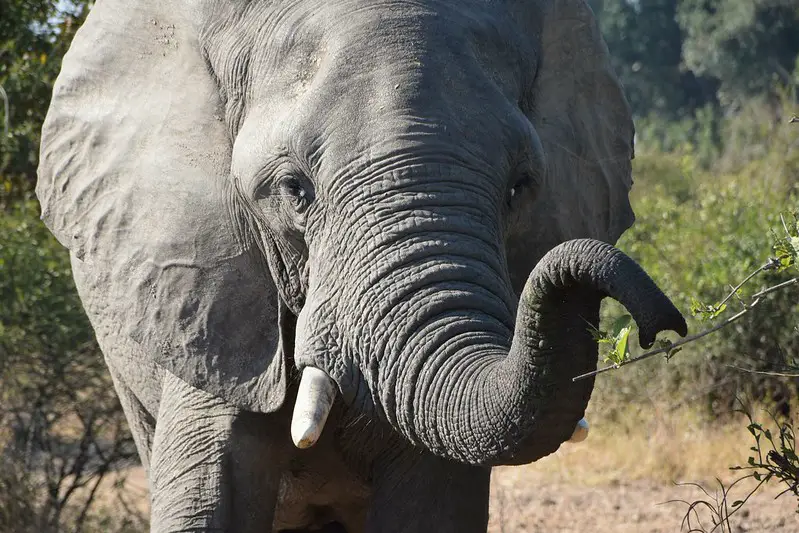
Elephants are beloved for their intelligence and emotional depth, but when they feel threatened or territorial, they can become deadly. Responsible for around 500 deaths per year, elephants have been known to trample humans, vehicles, and anything else that gets in their way. Fun fact: male elephants in “musth” (a hormonal surge) can become extremely aggressive. While elephants are usually peaceful, their size and strength make them one of the most dangerous animals to encounter in the wild.
8. Hippopotamuses: Surprisingly Deadly Herbivores
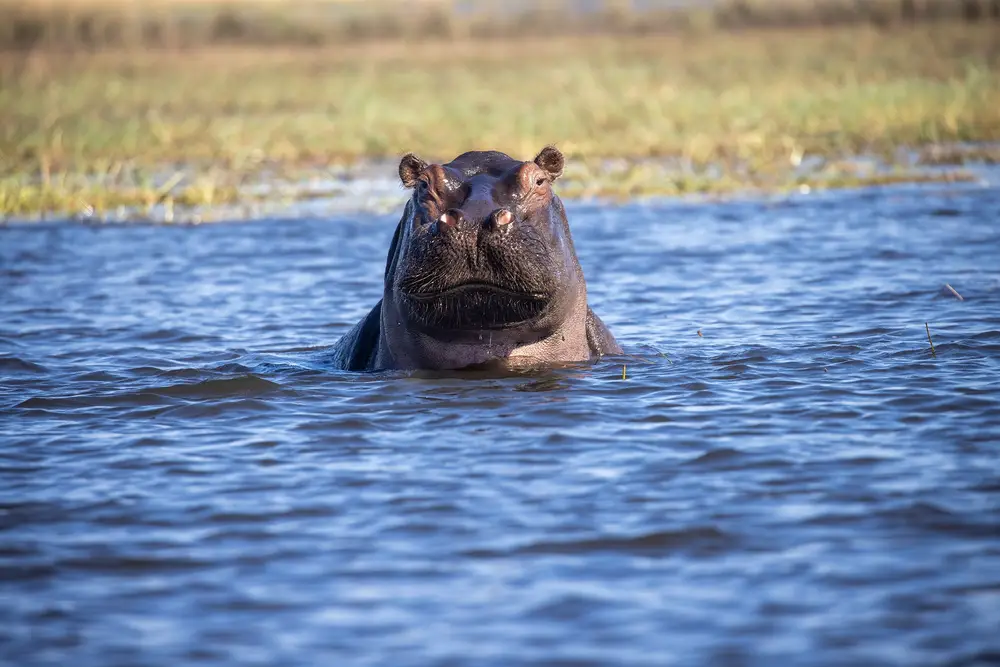
Hippos might look cute and harmless, but they’re responsible for around 500 deaths annually. These aggressive animals are fiercely territorial and can outrun a human over short distances. With powerful jaws capable of crushing canoes and sharp tusks for defense, hippos are the true kings of Africa’s rivers. Fun fact: they’re vegetarians, so they won’t eat you—they’ll just kill you for being in their way. If you see a hippo yawning, don’t think it’s tired—it’s showing off its weaponry.
7. Crocodiles: The Stealthy River Monsters
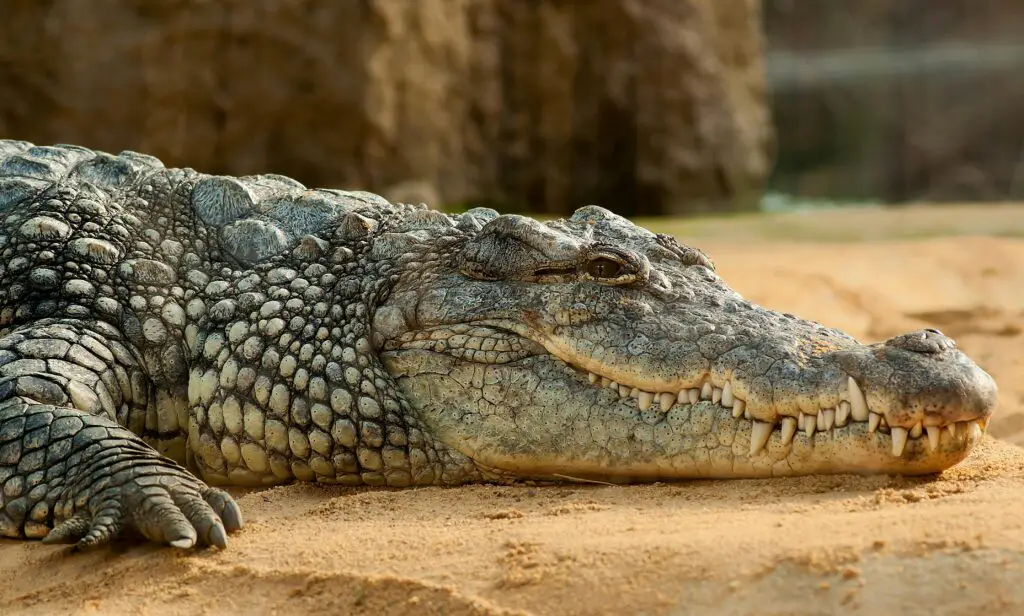
Crocodiles are responsible for about 1,000 deaths per year, making them one of the most dangerous animals in the water. These prehistoric predators are fast, stealthy, and have jaws strong enough to crush bones. They’re ambush hunters, meaning you probably won’t see one until it’s too late. Fun fact: saltwater crocodiles are the largest species, capable of growing over 20 feet long. They’re living proof that you should always stay far away from murky riverbanks—because when it comes to crocs, the water’s edge is the danger zone.
6. Tsetse Flies: The Silent Sleepers
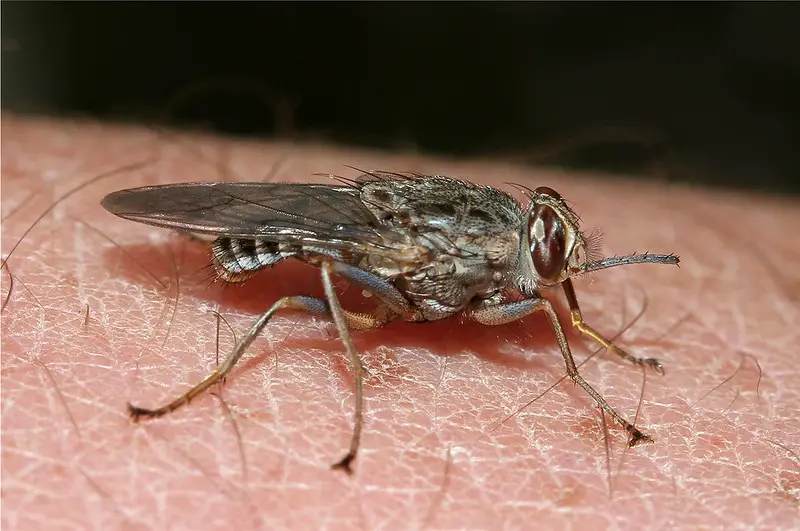
Tsetse flies may look like ordinary houseflies, but they carry parasites that cause African sleeping sickness, a deadly disease. Responsible for around 10,000 deaths annually, these insects transmit the disease through their bites. Fun fact: tsetse flies are incredibly persistent and can even bite through clothing. Once infected, victims experience fatigue, confusion, and, if untreated, death. These flies may be small, but they’re a reminder that some of the deadliest creatures come with wings—and an appetite for blood.
5. Dogs: Man’s Best Friend with a Dark Side
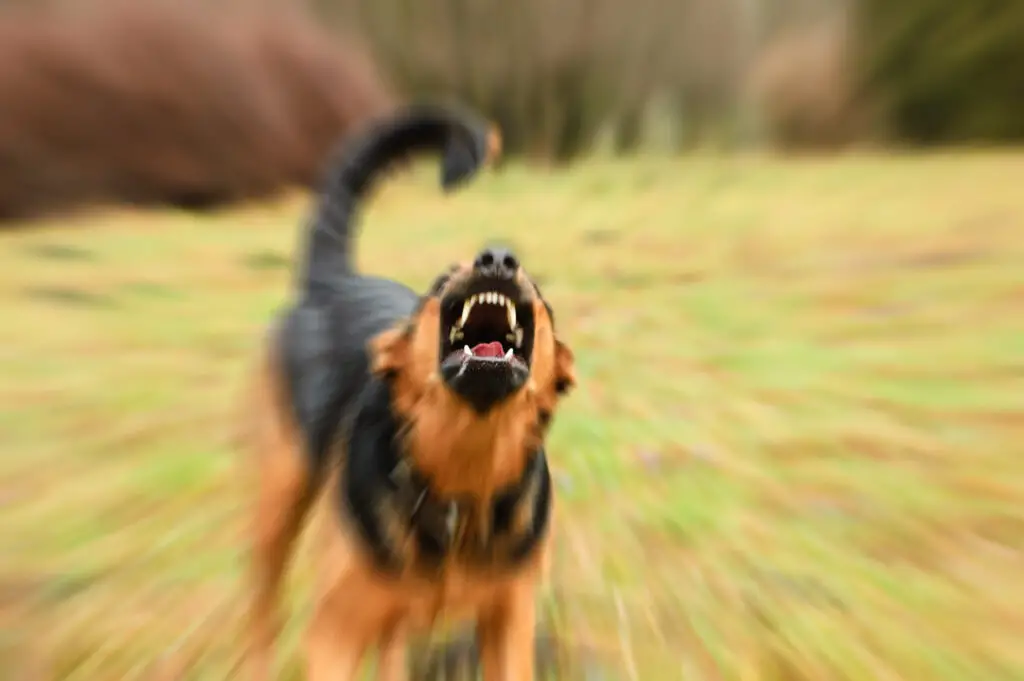
Dogs are beloved companions, but they’re responsible for about 25,000 deaths each year, mostly due to rabies transmission. While the cuddly golden retriever isn’t plotting your demise, stray or unvaccinated dogs in many countries can be a serious danger. Fun fact: rabies has a near 100% fatality rate if untreated, making it one of the scariest diseases on the planet. So, while we love our furry friends, it’s always smart to approach unknown dogs with caution—especially ones showing signs of aggression or illness.
4. Freshwater Snails: Slimy but Lethal
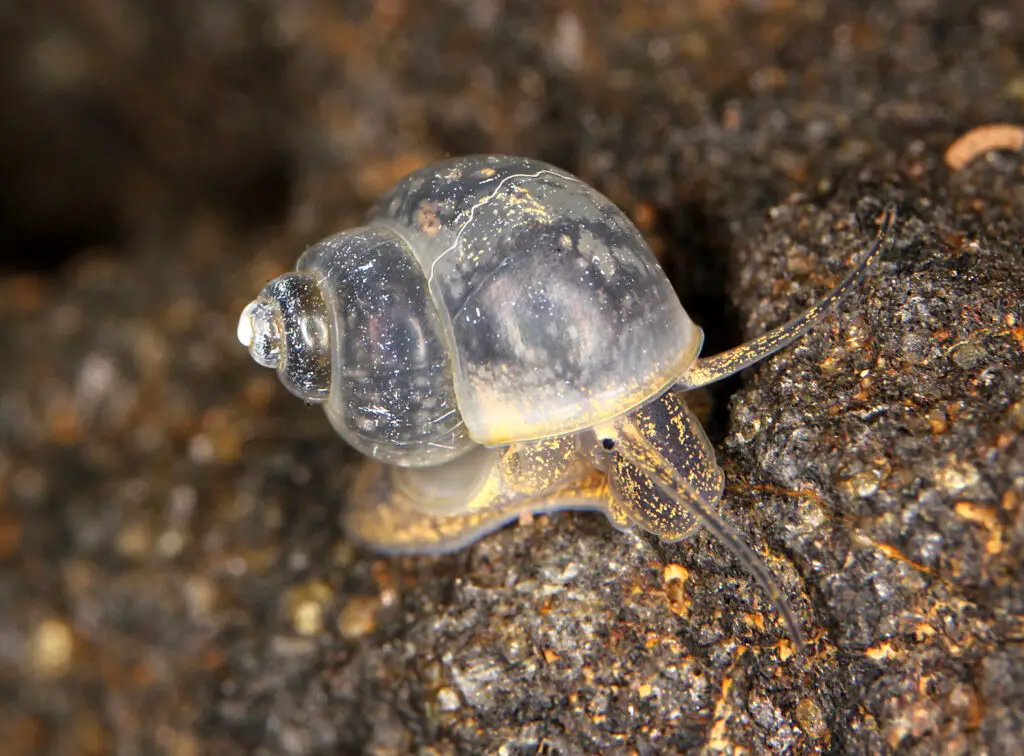
You wouldn’t think a snail could kill you, but freshwater snails are silent assassins, responsible for over 200,000 deaths annually. They carry parasitic worms that cause schistosomiasis, a disease that damages internal organs and is prevalent in tropical regions. Fun fact: these snails don’t attack—they’re just passive hosts for the parasites that hitch a ride. The next time you think about wading into a freshwater pond in a tropical country, remember: it’s not just the big predators you should worry about—it’s the tiny, slimy ones too.
3. Snakes: Silent but Deadly
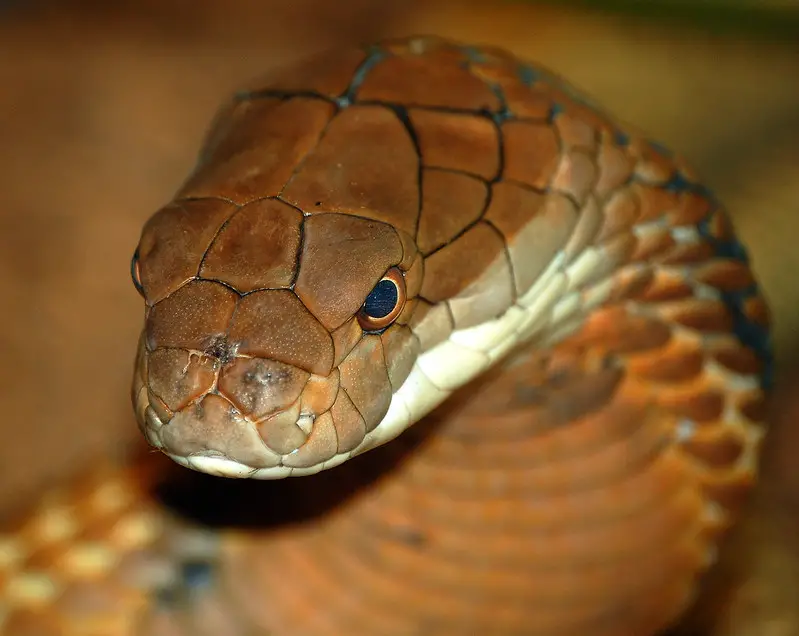
Snakes cause around 100,000 human deaths every year, thanks to their venomous bites. Species like the inland taipan and king cobra pack enough venom to kill multiple people with a single bite. Most snake-related deaths occur in rural areas where medical care is scarce. Fun fact: not all venomous snakes are aggressive—some would rather slither away than strike. Still, accidentally stepping on one could turn your casual hike into a survival drama. Respect their space, and you’ll avoid becoming another statistic in the snake vs. human rivalry.
2. Humans: The Most Dangerous Animal

Yes, we made the list. Humans are responsible for more than 400,000 human deaths annually through wars, homicides, and other violence. We also wreak havoc on other species and ecosystems, making us the ultimate apex predator. Fun fact: humans have no natural predators, making us both the hunters and the hunted in a cruel twist of irony. While we’re busy worrying about sharks or lions, the real danger is often the person standing next to us. Truly, we are our own worst enemies.
1. Mosquitoes: Tiny, Deadly Vampires
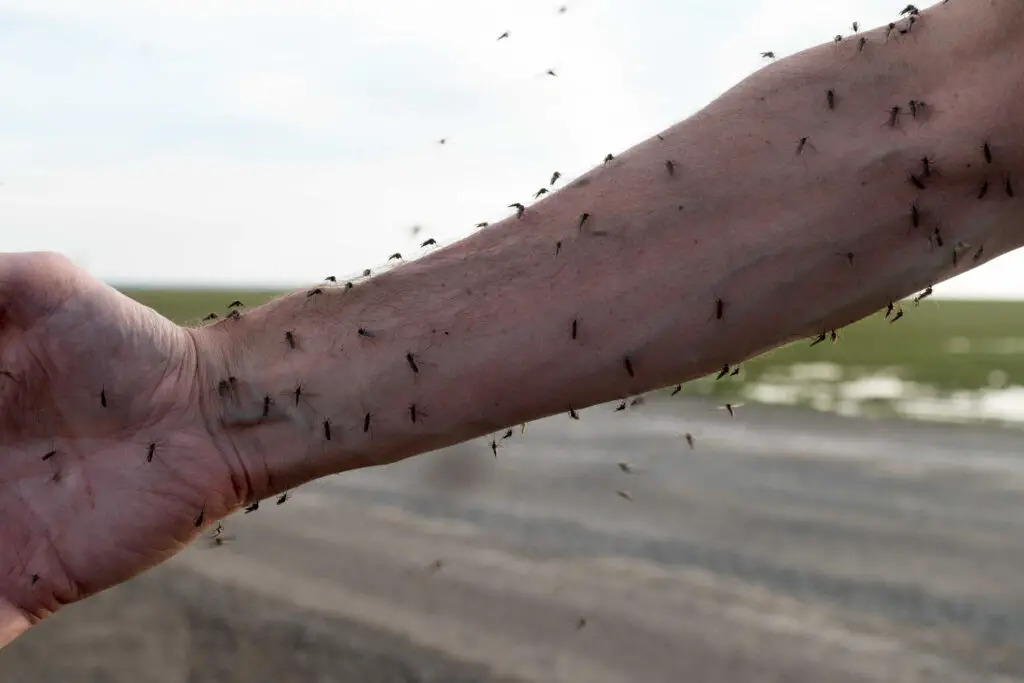
Believe it or not, mosquitoes are the deadliest animals on Earth. These tiny bloodsuckers spread diseases like malaria, dengue fever, and Zika virus, killing over 700,000 people annually. While they may seem harmless, their constant buzzing is the soundtrack of doom in many parts of the world. Fun fact: only female mosquitoes bite—they need your blood to lay eggs. So, the next time you swat at a mosquito, remember it’s not just annoying—it’s potentially deadly. Mosquitoes prove that the smallest things can pack the biggest punch when it comes to danger.


